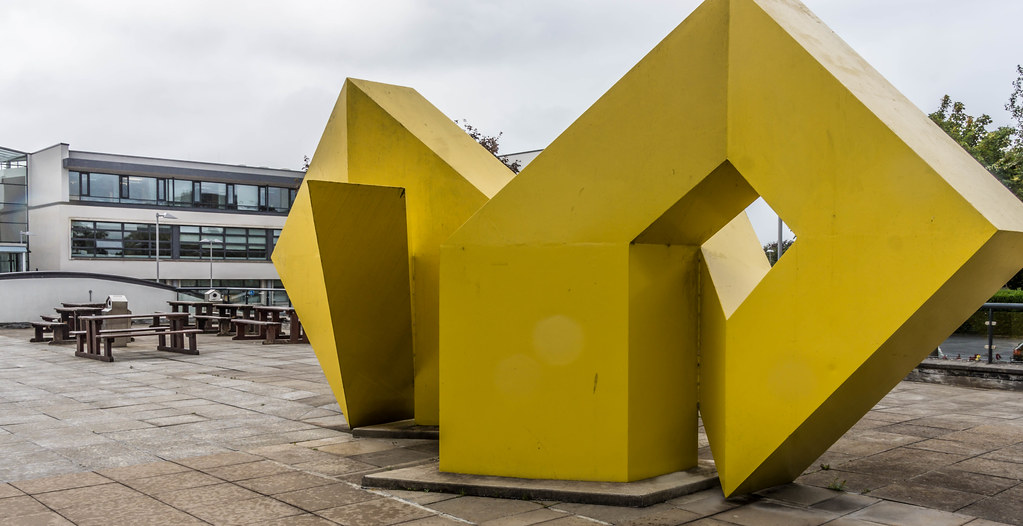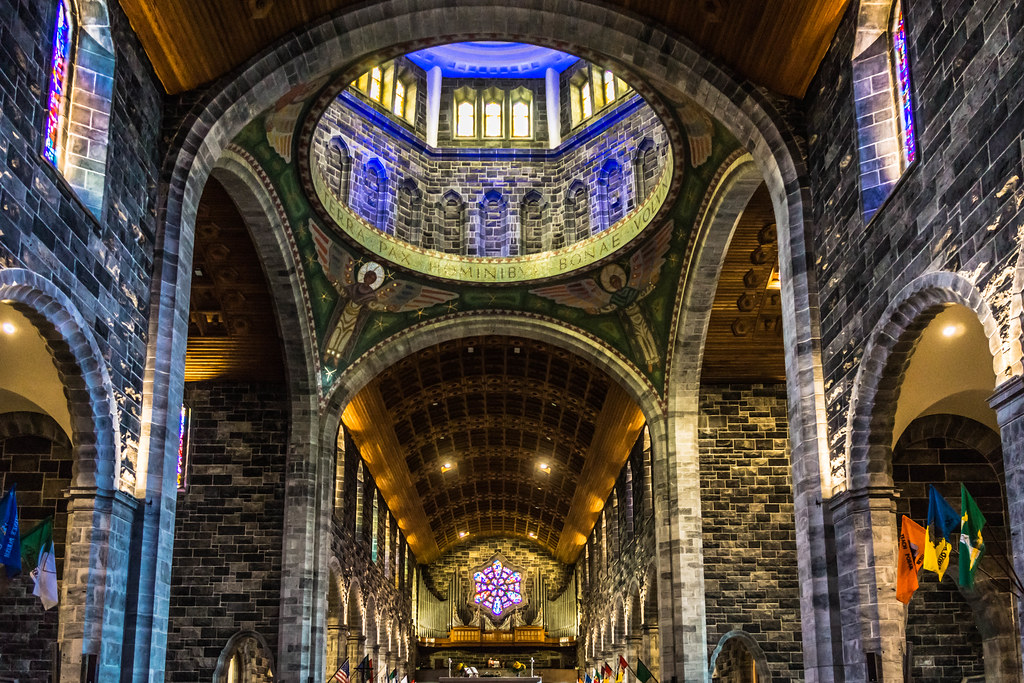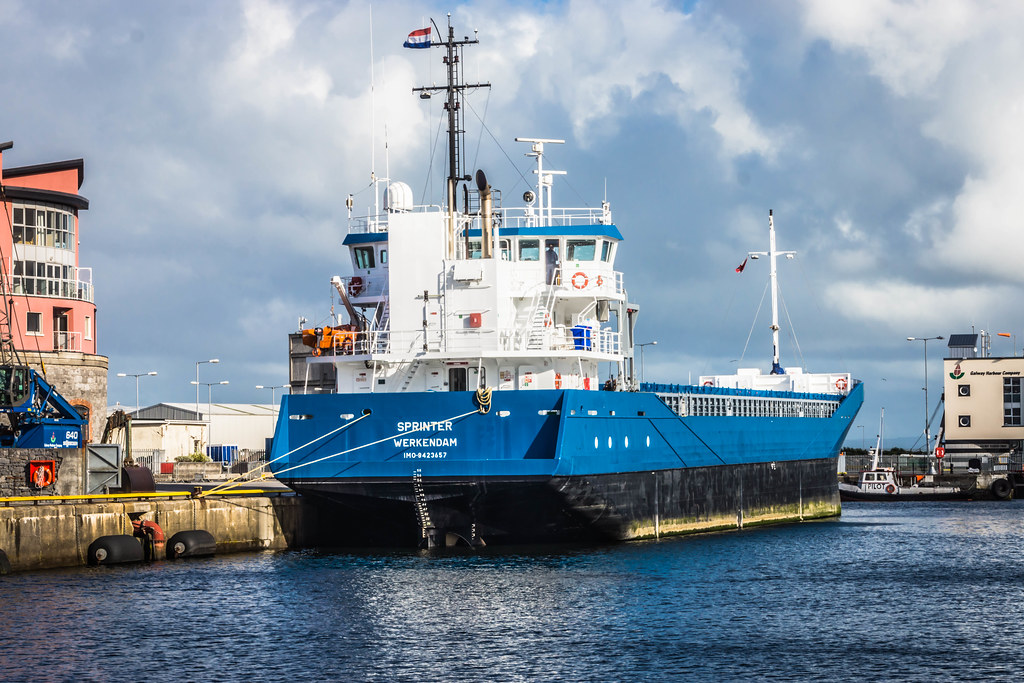WHAT TO SEE AND DO IN GALWAY PHOTOGRAPHED BY INFOMATIQUE
Lynch's Castle on Shop Street is probably the finest medieval town house in Ireland. It is now a branch of Allied Irish Banks.
The Church of Ireland St. Nicholas' Collegiate Church is the largest medieval church still in everyday use in Ireland. It was founded in 1320 and enlarged in the following two centuries. It is a particularly pleasant building in the heart of the old city.
Its Roman Catholic counterpart, the Cathedral of Our Lady Assumed into Heaven and St Nicholas was consecrated in 1965 and is a far larger, more imposing building constructed from limestone. It has an eclectic style, with renaissance dome, pillars and round arches, and a Romanesque portico that dominates the main façade – which is an unusual feature in modern Irish church building. It was suggested by a church in the city of Salamanca in Spain.
Not far from the cathedral stands the original quadrangle building of National University of Ireland, Galway which was erected in 1849 (during An Gorta Mór, the Great Famine) as one of the three colleges of the Queen's University of Ireland (along with Queen's University Belfast and University College Cork). The university holds the UNESCO archive of spoken material for the Celtic languages.
Another of the city's limestone buildings is the Hotel Meyrick, originally the Railway Hotel and then the Great Southern Hotel, built by the Great Southern Railway Company in 1845. Sitting at the southern perimeter of Eyre Square, it is the City's oldest hotel still in operation.
The Spanish Arch, in the southwest of the city, was built in the 1580s as an extension to the city walls, a part of which can be seen in the Corbett Court shopping centre.
In front of the Spanish Arch and opposite Jury's Hotel is a monument (see photograph at bottom of this article) to Christopher Columbus. It was presented to Galway by the city of Genoa in 1992 to commemorate both the 500th anniversary of the voyage to the New World and the visit of Columbus to Galway in 1477.
The remains of the Menlo Castle can be seen outside the city, on the Eastern bank of the River Corrib. It was one of the ancestral homes of the Blake family, one of the Tribes of Galway from c1600-1910. It is best viewed from the west bank at Dangan or the riverside walk at NUIG. The façade of the families townhouse (Blake's Castle) can be seen beside Jury's Hotel at the bottom of Quay Street.
The Eglinton Canal, named after a former Lord Lieutenant of Ireland, joins the River Corrib to the sea, and, flowing for just more than a kilometer, is a very pleasant walk from the University to the Claddagh.
The Claddagh is the oldest part of Galway but little or nothing remains of its old thatched village. However, in a side altar of the parish church, St Mary's on the Hill, is the late medieval statue of Our Lady of Galway and visitors in mid-August can participate in the ancient ritual of the Blessing of the Bay, on the Sunday nearest the feast of the Assumption.
The Browne doorway, originally located on Lower Abbeygate Street but now standing at the north end of Eyre Square, was the doorway to the townhouse of the Browne family, one of the fourteen Tribes of Galway.
The Lynch Window, (on Market Street), commemorates one of the city's most enduring legends. Here, in 1493, the Mayor, James Lynch FitzStephen, hanged his own son for the murder of Gomez, a young Spanish visitor who had the misfortune to befriend the girlfriend of the Mayor's son. The son, mistaking friendship for love, stabbed the Spaniard to death in a fit of jealousy and dumped his body in the River Corrib. The Mayor was both Judge and Executioner in the case as nobody else would carry out the execution according to legend. This event is advanced as the origin of the phrase Lynching
Dillons Claddagh Gold on Quay Street are the original makers of the Claddagh Ring and are also Ireland's longest established jewelers, having been founded in 1750. The little museum attached to the premises holds the world's oldest examples of the Claddagh Ring.
The Hall of the Red Earl can be viewed through a protective glass wall off Flood Street. It is the earliest medieval settlement fragment surviving within the walls of the city. It was built by the de Burgo family in the 13th century and was a key municipal building for the collection of taxes, dispensation of justice and hosting banquets. It was the medieval equivalent of tax office, court house and town hall.
Galway City has a fine collection of mainly early 17th century marriage stones which can be viewed throughout the city centre both inside buildings (as in the King's Head Pub) or on exterior lintels.
Galway Atlantaquaria which is also the National Aquarium of Ireland can be visited on The Promenade in the western suburb of Salthill.
Watching Atlantic salmon from the Salmon Weir Bridge (one of the bridges that spans the River Corrib) as they swim upstream to spawn is a popular pastime with both locals and tourists alike.










